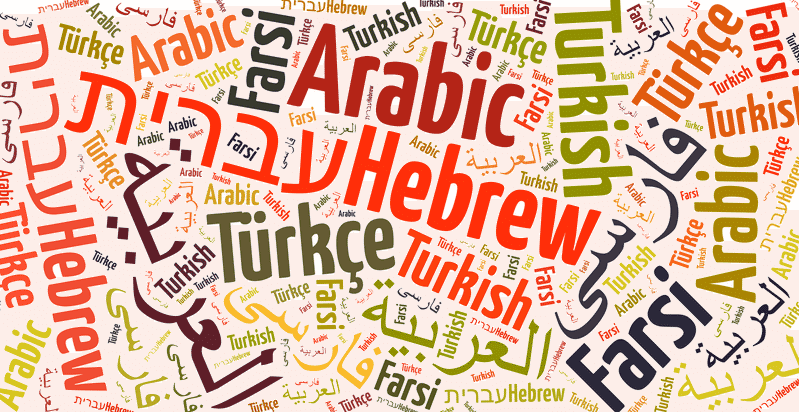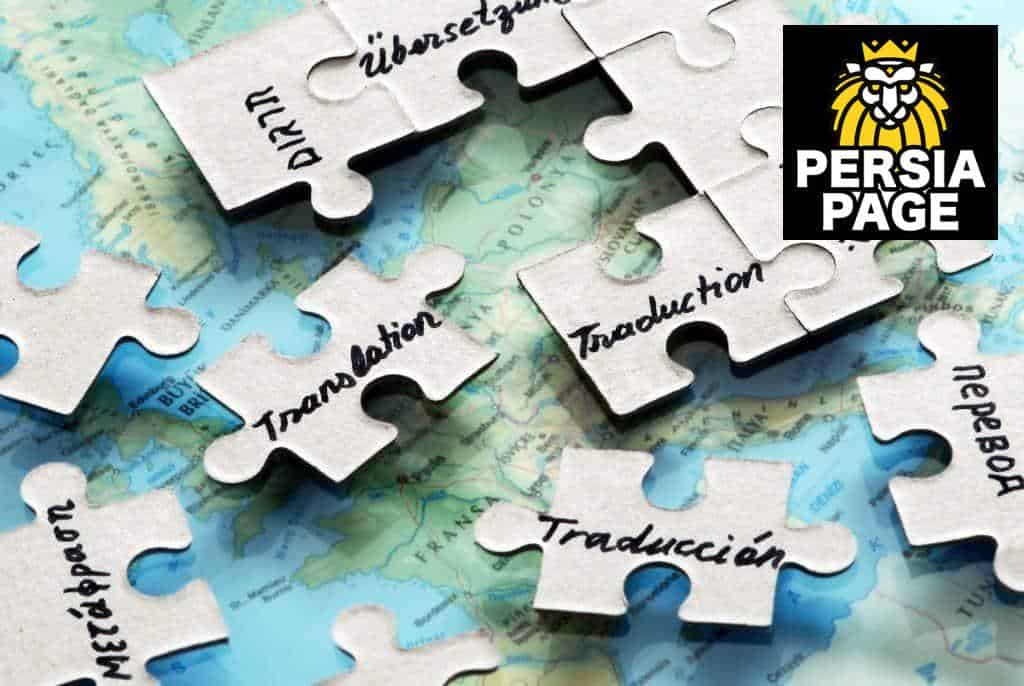Persian considered Arab?
In the diverse mosaic of human identities, ‘Persian’ and ‘Arab’ carry unique cultural and historical connotations. However, both shaped the Middle East, yet they differ. Consequently, this article explores whether Persian equals Arab, considering ethnicity, language, and regional ties. To clarify, it delves into the question of their distinct identities.

Persian Considered Arab: Ethnic and Linguistic Distinctions:
Persians and Arabs, separate ethnicities, bear distinct linguistic origins. Persians, tied to ancient Persia (now Iran), trace their roots to Indo-European lineage, using Farsi, an Indo-Iranian language. Arabs, in contrast, hail from the Arabian Peninsula, with Arabic as their cultural and historical core.
Historical Context:
Historical context is key in exploring if Persian equals Arab. The Arabian Peninsula birthed Arab identity through Islam. In contrast, the Persian Empire, spanning Achaemenid and Sassanian eras, held ties to the Iranian plateau. These regions developed distinct cultural paths independently.
Religious Bonds:
Though Persian and Arab populations are mostly Muslim, their shared religion doesn’t erase cultural and ethnic disparities. Within Islam, divisions like Sunni-Shiite shape relations among Muslim-majority nations, but they do not originate from ethnicity or language.
Cultural Nuances: Is Persian Considered Arab?
Cultural nuances amplify Persian and Arab distinctions. Firstly, Persian culture, steeped in literature, art, and philosophy, echoes ancient Persia’s legacy. Secondly, Arab culture, shaped by the Islamic golden age and regional traditions, boasts its unique traits. Moreover, cuisine, attire, and customs show marked differences.
Geopolitical Realities:
Geopolitical factors add to Persian and Arab divergence. Iran, inheriting ancient Persia’s legacy, holds a significant Middle East role, asserting its non-Arab identity. In addition, The region comprises diverse nations, each with unique histories, cultures, and ambitions.
Regional Dynamics: Is Persian considered Arab?
The Middle East, a diverse region, houses numerous ethnicities and languages. Persian and Arab differences are just one facet of this intricate tapestry. Therefore, Regional dynamics involve complex relationships influenced by history, politics, and social interactions.

Misconceptions and Stereotypes:
Misconceptions and stereotypes may endure, causing confusion about Persian and Arab identities. Such misunderstandings stem from ignorance about the Middle East’s diverse ethnic and cultural array. Sensitivity and recognition of the region’s rich tapestry are vital when addressing identity discussions.
Is Persian considered Arab?
In summary, To decide if Persian qualifies as Arab, one must thoroughly assess history, culture, language, and geopolitics.
Persians and Arabs, although in the same region and sharing a faith, embody unique ethnic and cultural heritages with profound historical ties. Recognizing and honoring these distinctions fosters a more precise and inclusive understanding of the diverse Middle Eastern societies.

